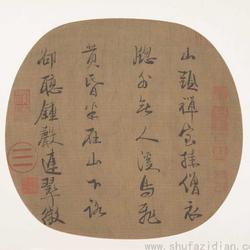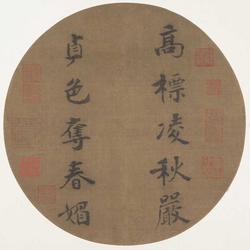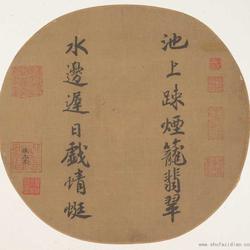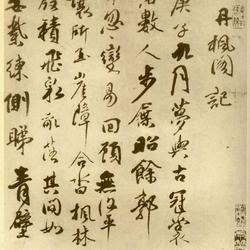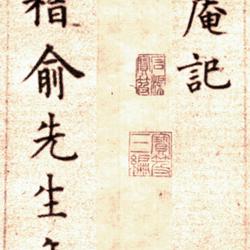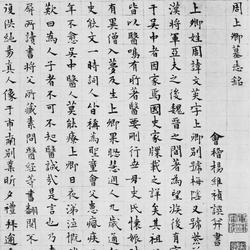Xu Wei (1521-1593), originally named Wenqing, changed to Wenchang, also known as Tianchishanren, Qingteng Taoren, and was a native of Shanyin (now Shaoxing, Zhejiang). He was an outstanding literary artist in the Ming Dynasty of my country and was listed as one of the top ten famous painters in ancient China. Xu Wei was versatile and had profound attainments in calligraphy, painting, poetry, drama and other fields. He was unique and left a profound impact on his current and future generations. But such a genius was extremely unsuccessful. His life was full of ups and downs, dangers and pains, and he eventually died in poverty."Poetry Album of Drunken Grass in the Rain"Written in the first year of Wanli (1573), the author was fifty-three years old and is nowHidden inShangHai museum.
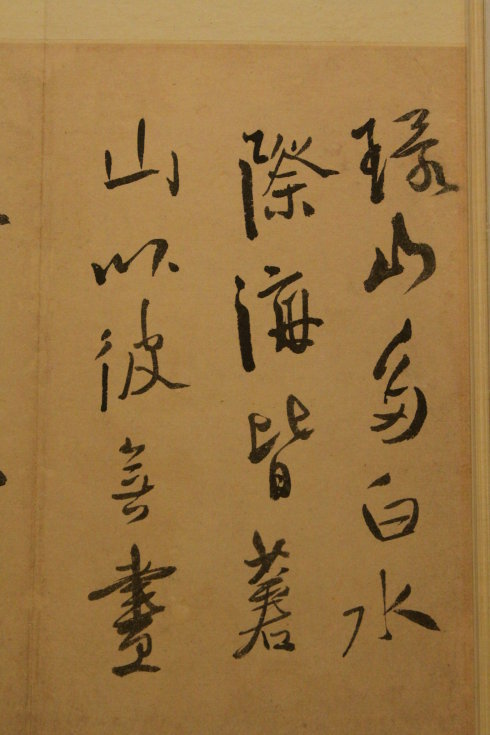
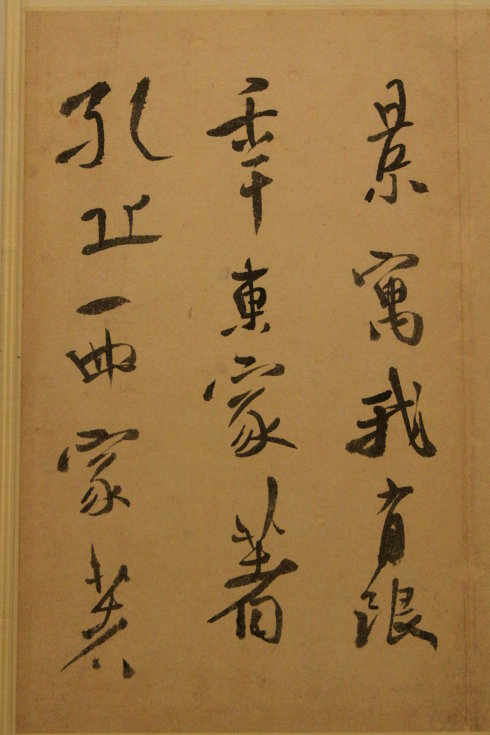
The contrast between Xu Wei's calligraphy and the dull atmosphere of the calligraphy world in the early Ming Dynasty is particularly striking. He is best at majestic cursive calligraphy, but it is difficult for ordinary people to understand and his brushwork is messy. He is very fond of his calligraphy. He believes that "calligraphy ranks first. Poetry is second, writing is third, and painting is fourth.”
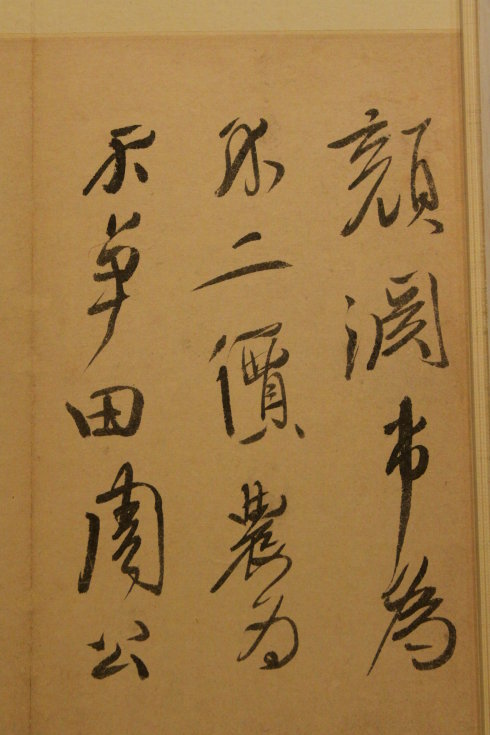
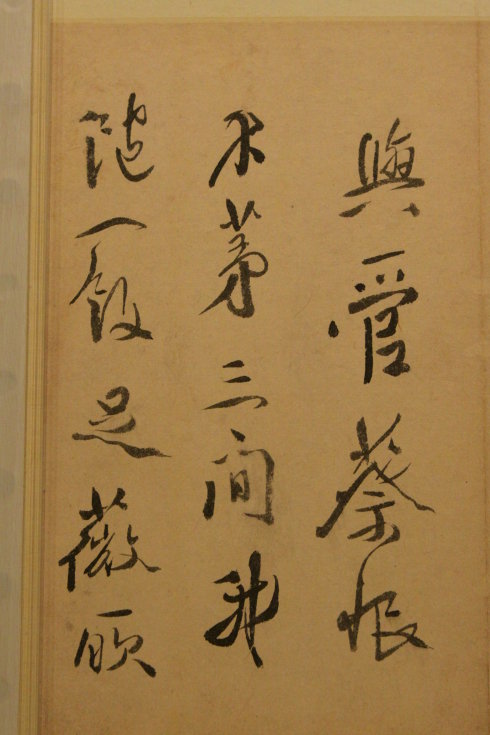
Xu Wei's calligraphy is purely the catharsis of personal inner emotions: the pen and ink are unruly, the paper is messy, regardless of clumsiness, and all the talent, sorrow, anger, and depression are trapped in the twisted strokes. He himself once said in "Inscribed on Zi Shu Yizhitang Tie": "Exalted books do not appeal to the common eye, and those who catch the common eye are not high scholars.
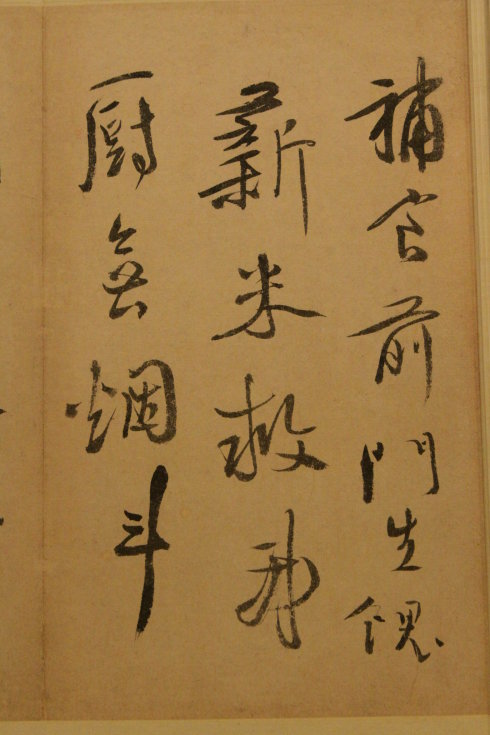
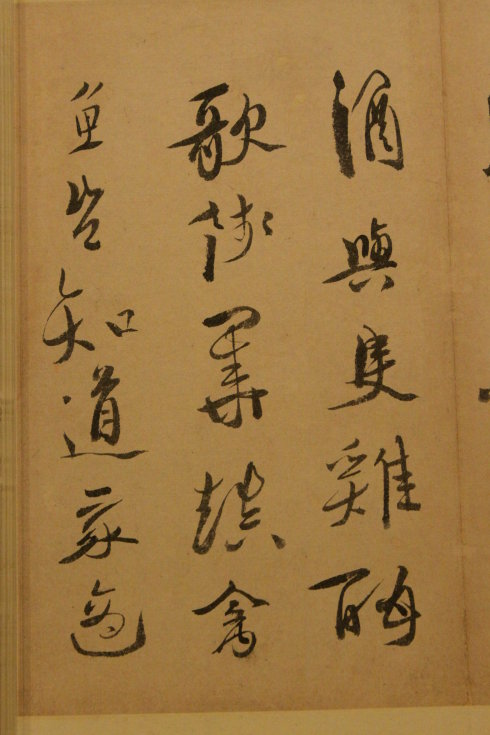
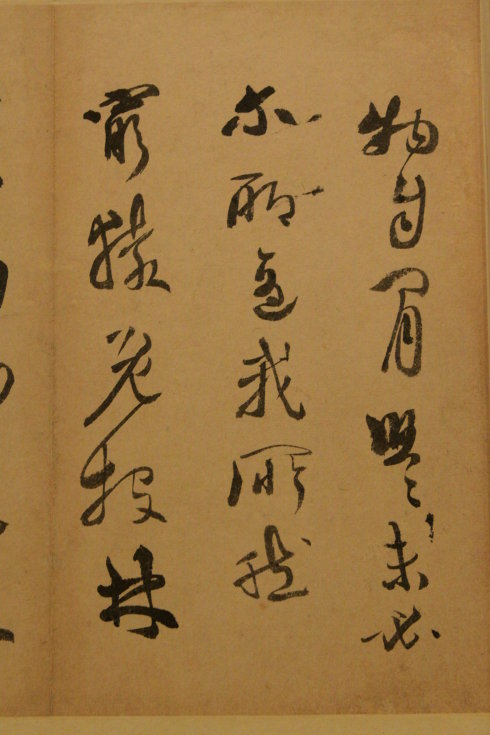
Xu Wei transcended the times, initiated and led the "Shangtai" style of calligraphy in the late Ming Dynasty, and led Ming Dynasty calligraphy to a new peak. Tao Wangling once said that his calligraphy is "called extraordinary and brilliant." Yuan Hongdao said: "I can't calligraphy, but it is wrong to say that the long calligraphy is definitely superior to Wang Yayi and Wen Zhengzhong. Regardless of calligraphy but the god of calligraphy, Mr. Cheng is the Sansheng of the Eight Methods and the chivalrous man of the word forest!"
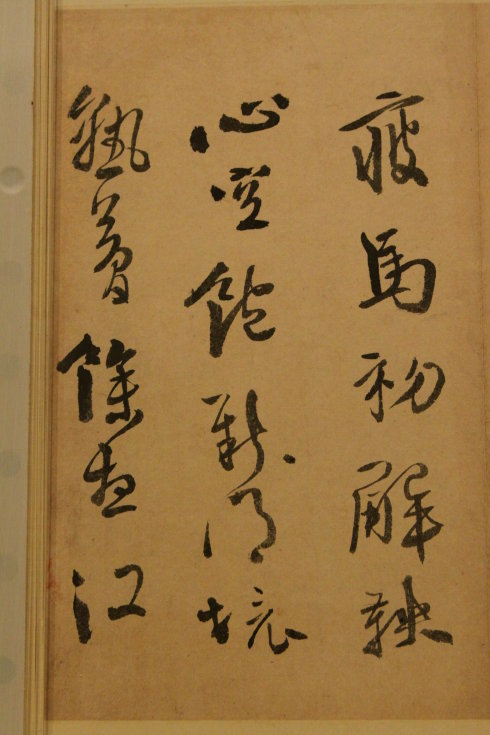
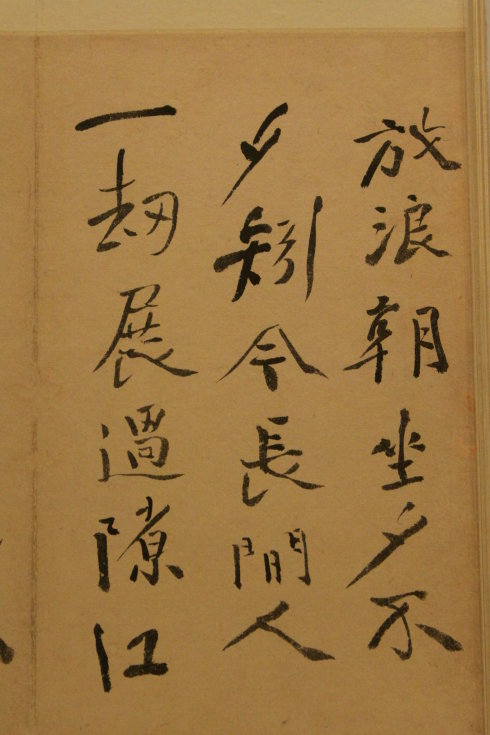
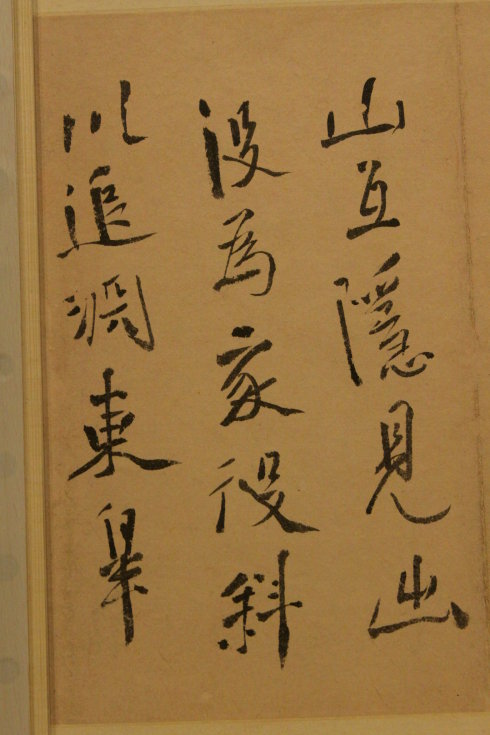
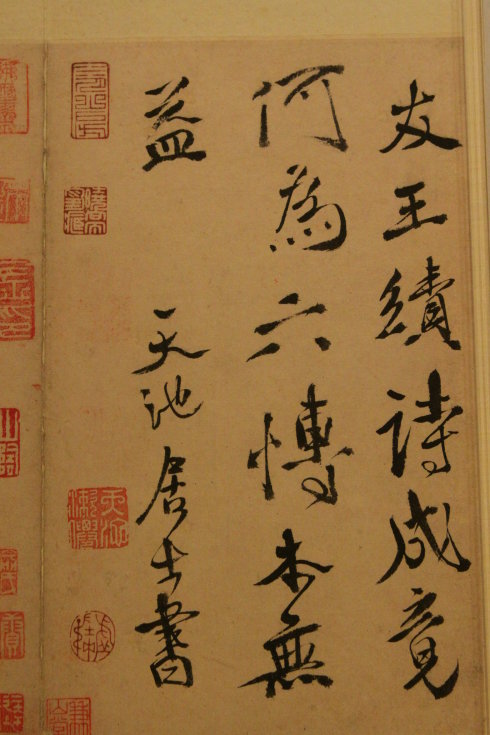
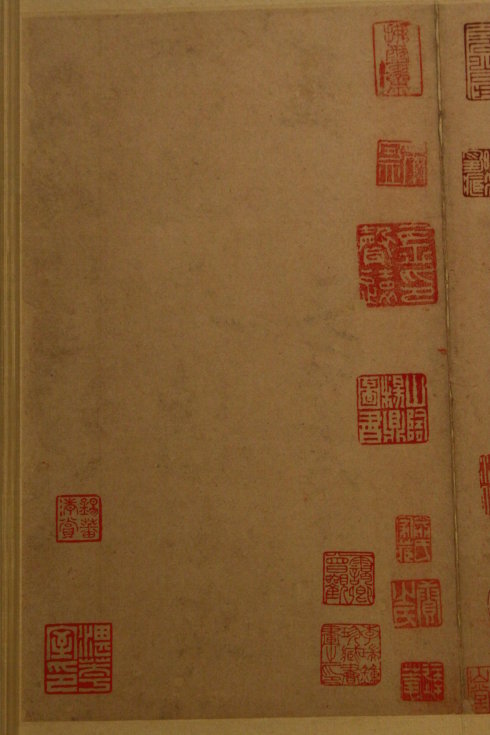
The emergence of Xu Wei's calligraphy and calligraphy concepts coincides with the tremendous changes in the entire thought, culture, and aesthetic concepts in the middle and late Ming Dynasty. Chu Wei's calligraphy also started from the rebellion against the Wumen calligraphy school's advocacy of Tang style, and then absorbed the positive factors of Su, Huang and Mi in the Northern Song Dynasty who pursued artistic individuality. The aesthetic spirit of "always revealing one's own brushstrokes" mentioned by Xu Wei in "The Copy of Lanting Collected by Shu Ji Ziwei". His original words are: "It's not a special word. There are many things in the world. Any copying is directly interesting. I compare it with each other and match it with each other. How can it be true to my face? There are many people who copy the original version of "Lanting", but they are always exposed. Those who have already written the meaning are called masters. After reading this book, although I can’t necessarily know who he is, but I can see that he has already written the meaning, so he must be a master. You Mengzhi looks like Sun Shuao, how can he look like him with his eyebrows and trunk? It’s just a matter of spirit.”

